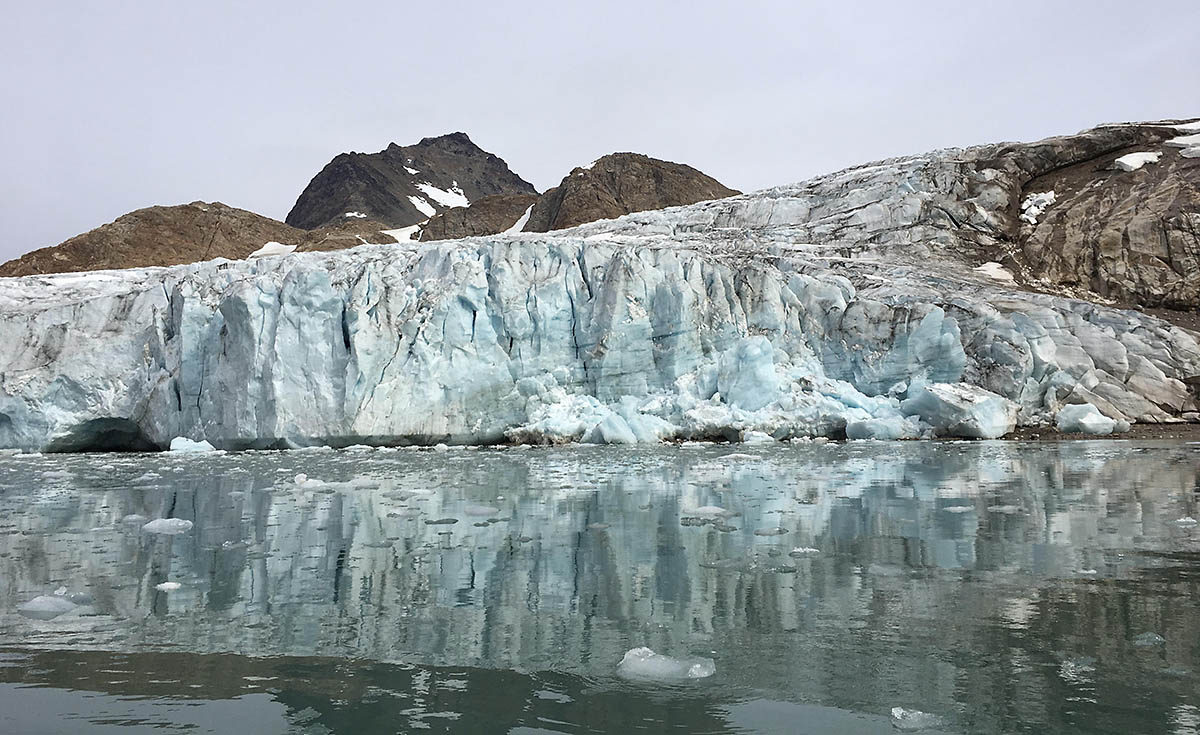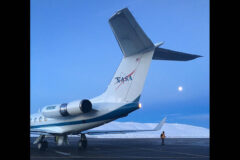NASA’s Oceans Melting Greenland airborne mission found that Greenland’s glaciers that empty into the ocean, like Apusiaajik Glacier shown here, are at greater risk of rapid ice loss than previously understood. (NASA/JPL-Caltech)
Home NASA’s Oceans Melting Greenland airborne mission found that Greenland’s glaciers that empty into the ocean, like Apusiaajik Glacier shown here, are at greater risk of rapid ice loss than previously understood. (NASA/JPL-Caltech) NASA's Oceans Melting Greenland airborne mission found that Greenland's glaciers that empty into the ocean, like Apusiaajik Glacier shown here, are at greater risk of rapid ice loss than previously understood. (NASA/JPL-Caltech)



